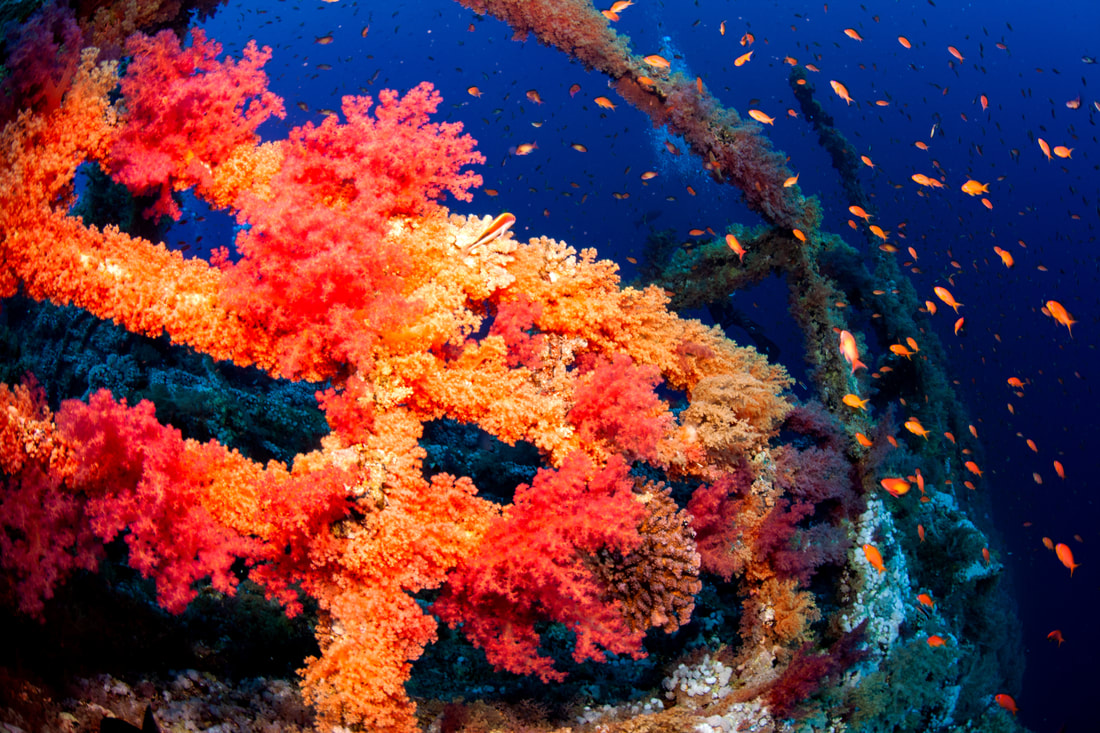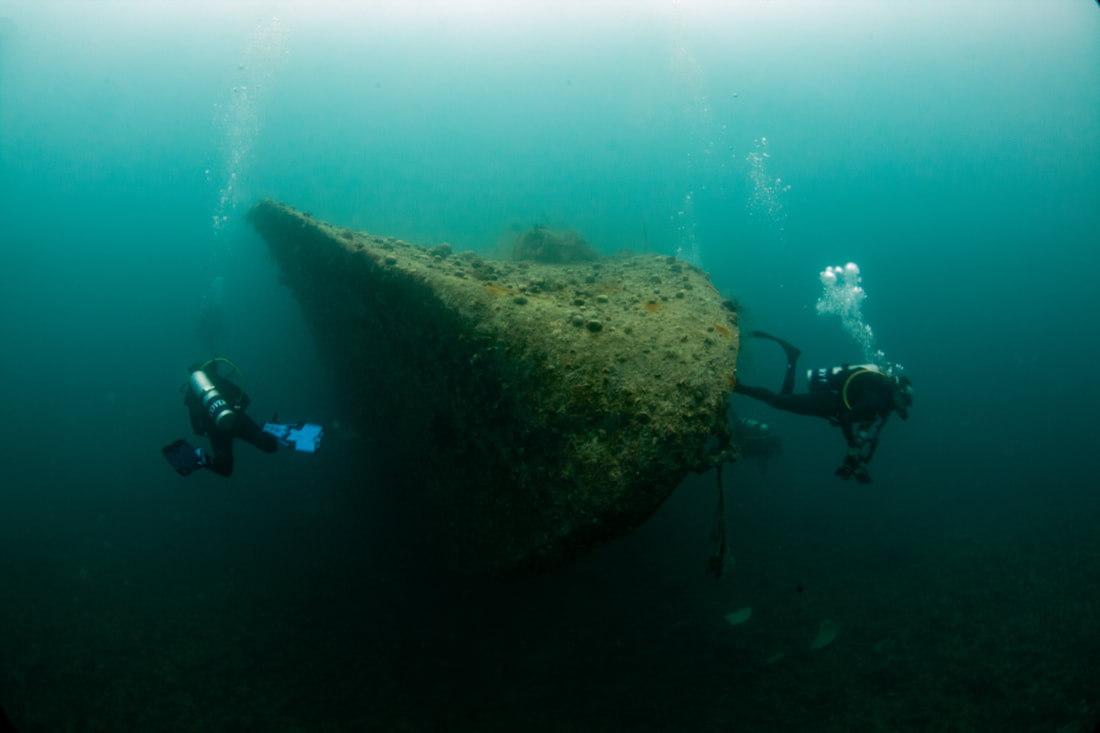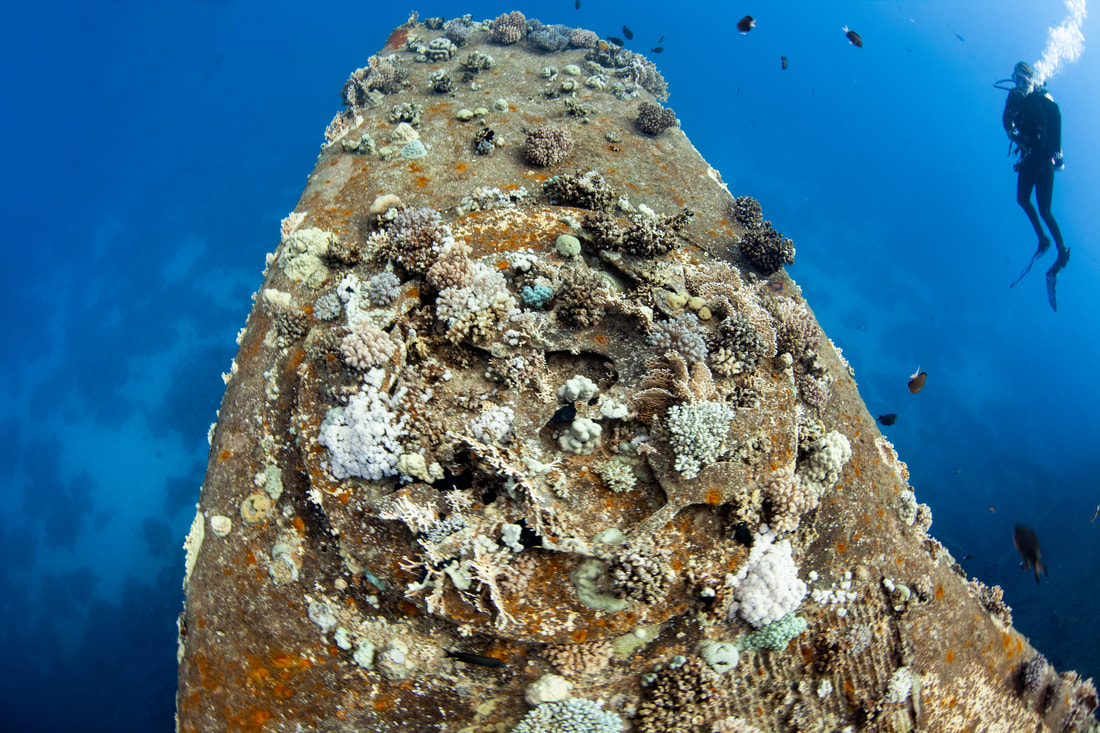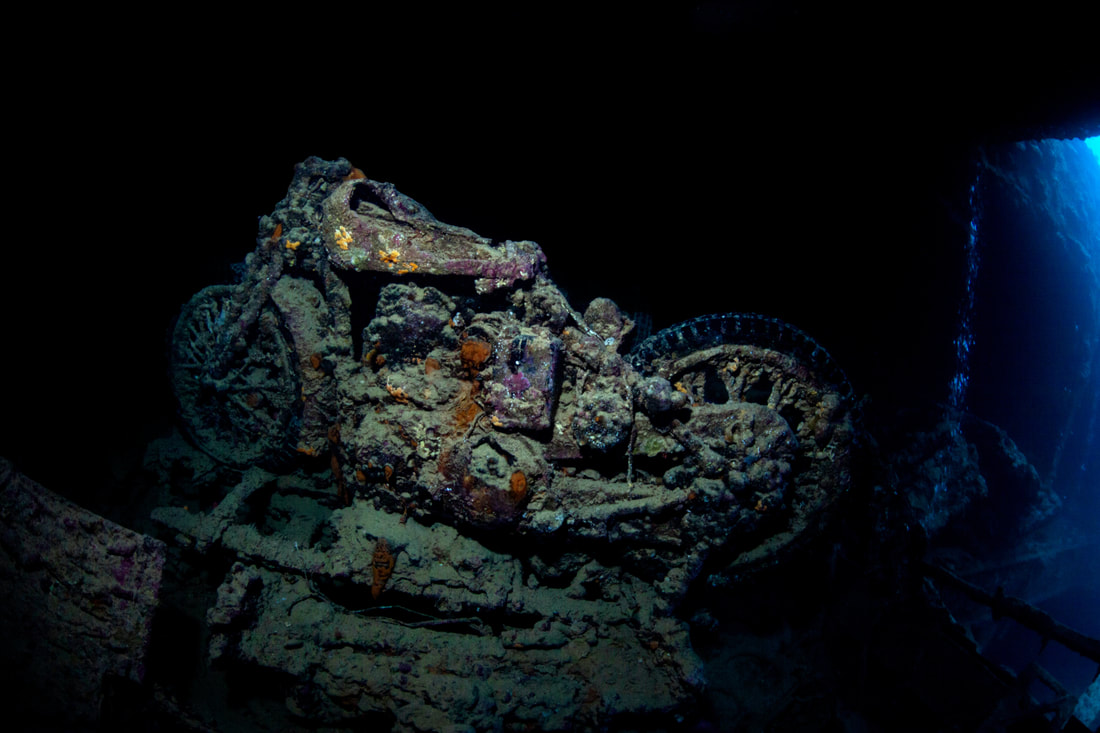Here you can encounter the Oceanic Whitetip Shark, Schooling Hammerhead Sharks as well as Grey Reef Sharks and Silvertip Sharks! The very rare Thresher Shark can also sometimes be spotted!
In addition, the Brothers Islands are home to a fantastic reef life with myriads of colourful reef fishes, pelagic fishes such as Barracudas, Giant trevallies, Tunas and even the magnificent Manta Ray!
Diving with sharks is just one of the mindblowing fish encounters you can experience while diving at Brother Islands in the Red Sea. With amazing vertical walls covered with corals and spectacular fish population, diving at the Islands is definitely unforgettable!
The Brothers Islands are located in the Middle of the Red Sea, about 150 km Southeast of Hurghada and 125km North of Marsa Alam and are only accessible by liveaboards.
We were able to do a number of dives here during our 2 weeks and it was AMAZING. Coral formations and life like no other place I have ever experienced. Negative entries, current, and life unrivaled anywhere! Totally wrong camera set-up for the sharks and Manta but hey, still awed by this dive. Can't wait to be back next year with a slightly different camera set-up.




 RSS Feed
RSS Feed